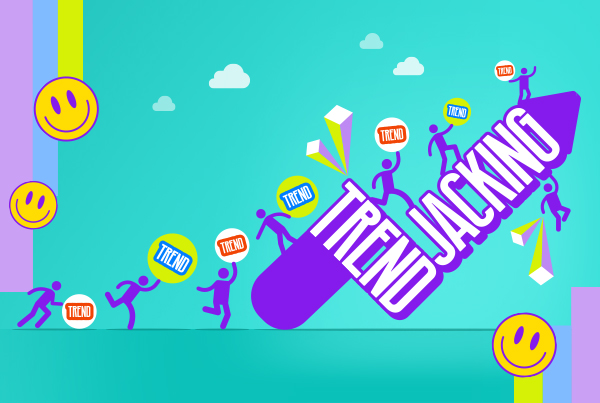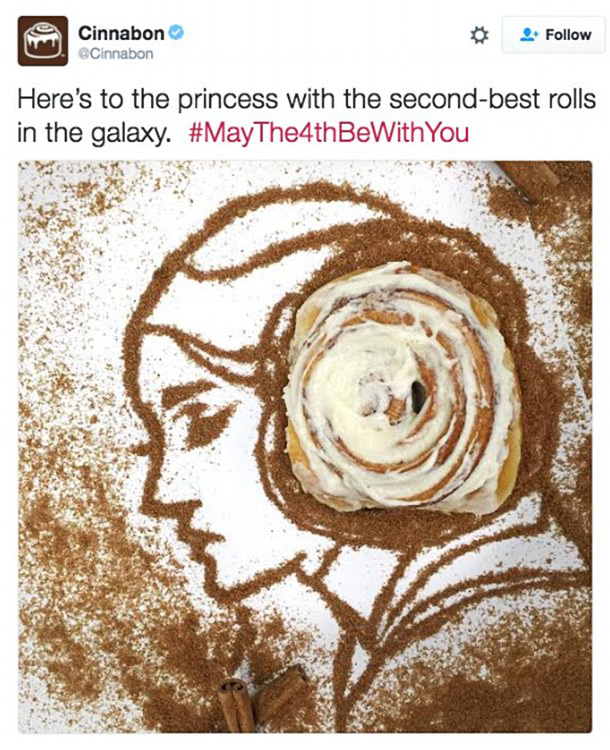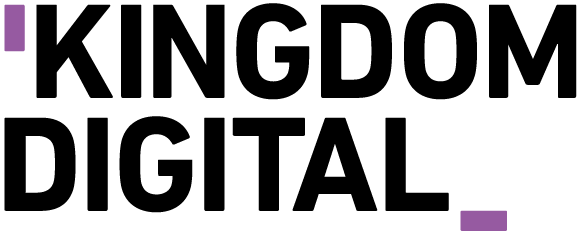
What is trendjacking?
Trendjacking (aka newsjacking) is a marketing move where brands or organisations jump on an opportunity to join a popular trend or conversation online. This helps to generate buzz and promote their products or services, which is a great way to increase brand visibility. By being relevant to what people are currently talking about, trendjacking aims to capture audiences’ attention and create a memorable impression.
Trendjacking can be done through social media posts, articles, videos, or any other form of content. It is important to get your content distributed across digital channels as these trends have a very short life span. While it can be a powerful tool when executed correctly, it also carries the risk of backfiring if done insensitively.
If you’re new to all of this and want to know more, continue reading!
Benefits of trendjacking
Leveraging trends is a dynamic way to connect and build strong relationships with your audience. To master the art of trendjacking, here are some key principles to follow:
1. Keep an eye out for upcoming trends
- Stay up-to-date on the latest news, topics, and social media trends in your industry. Utilise tools like Google Trends, Twitter’s ‘Trends for You,’ Reddit’s ‘Trending Today’ section, and social media listening tools to monitor mentions, hashtags, and industry-related conversations.
2. Stay relevant to your brand and audience
- Ensure that your content aligns with your brand values and products. Not every trend is worth jumping on. Authenticity is vital because consumers can easily detect inauthenticity, which can harm your brand’s reputation.
3. Timing is crucial, be quick on your toes
- In a crowded digital landscape, many other brands may also be looking to hop on similar trends. Acting quickly gives you a competitive edge, allowing your content to stand out before others saturate the space. However, speed should not compromise authenticity and alignment with your brand values.
How have brands leveraged on trendjacking?
Barbie Trend
The Barbie movie was a long-awaited delight for millennials, creating quite a buzz online ahead of its release on July 21, 2023. This excitement reached a pinnacle with the recent release of a new trailer and a set of movie posters.
To enhance the film’s promotional efforts, Barbie’s team introduced a marketing initiative called the “Barbie Selfie Generator.” This innovative tool allowed fans to immerse themselves in Barbie’s world by inserting pictures onto a Barbie-themed background with customised taglines. This initiative sparked a wave of memes and user-generated content, boosting the film’s online presence.
The Barbie Selfie Generator quickly spread across social media, catching the attention of brands looking for creative collaboration opportunities. They harnessed the Barbie craze to showcase their products and services in an entertaining and interactive way. This feature not only strengthened the bond between the movie and its audience but also sparked creativity within the Barbie community.
For instance, United Overseas Bank (UOB) joined the Barbie Selfie trend, promoting individuality and empowerment on its UOB Lady’s Card Instagram page.
Airbnb x Barbie’s Malibu DreamHouse
Besides that, Airbnb also managed to bring back Barbie’s iconic Malibu DreamHouse for an unforgettable experience, hosted by Ken! The collaboration between Barbie and Airbnb has created an opportunity for fans to indulge in a staycation while relieving their childhood dreams. Both brands leveraged this partnership to genuinely connect with their audience, capitalising on the excitement and forging meaningful interactions.
Oreo – “Dunk in The Dark”
Oreo, the renowned American sandwich cookie brand famous for its chocolate and vanilla cream-filled treats, made a game-changing move in 2013.
During a high-stakes third-quarter battle between American football teams, the Baltimore Ravens and the San Francisco 49ers, the Mercedes-Benz Superdome in New Orleans suffered a 34-minute power outage, plunging the stadium into darkness and leaving people confused.
Oreo’s team seized the moment for real-time marketing, crafting and posting a simple tweet on their Twitter account. The tweet featured a dimly-lit Oreo cookie with the words, “You can still dunk in the dark.” The entire concept was designed, executed, and published within just 10 minutes!
Within a day, this tweet garnered around 15,000 retweets and approximately 20,000 likes on Facebook. The “Dunk in The Dark” image also garnered an astounding $525 million in earned media impressions.
Power out? No problem. pic.twitter.com/FOxi0eouQ0
— OREO Cookie (@Oreo) Feb 4, 2013
Coldplay Trend
When you try your best but you don’t succeed~
Earlier in May, Coldplay (a popular British band) confirmed that they will be having their first concert in Malaysia. However, to the dismay of many, there would only be one show. Amid the rush to grab Coldplay concert tickets, several brands, including Durex, McDonald’s, and others, jumped on the Coldplay bandwagon by creatively incorporating song lyrics or highlighting the challenging ticketing process in their advertisements.
Bad trendjacking
Leveraging trends and current events can boost your brand’s visibility, but it can go wrong when it becomes distasteful. Here are some situations to avoid:
1. Exploiting tragedy
- Using tragic events, deaths, polarising politics, or racial sensitivities for marketing can be in poor taste unless your brand genuinely aligns with a related social cause.
2. Inauthentic engagement
- Joining sensitive conversations solely for promotion is not advisable. It’s better to participate when it serves a meaningful purpose and raises awareness for a cause.
3. Forced trend integration
- Not every trending topic fits naturally with your brand’s identity. Pushing trending topics into your content can make it seem low-quality and irrelevant, discouraging audience engagement.
Here are some examples of trendjacking that did not work:
luiga
Iuiga, a local homeware and lifestyle retailer, faced public criticism for a campaign featuring porcelain teapots named after Inuka, Singapore’s last polar bear. Many found it insensitive for the company to profit from Inuka’s name and legacy, given that Inuka had been euthanised by the Singapore Zoo.
In honour of the joy and delight Inuka has brought us, we’ve decided to name our porcelain tea series after him….
Posted by IUIGA on Thursday, 26 April 2018
Cinnabon
Actress Carrie Fisher is best known for her iconic role as Princess Leia in Star Wars. More iconic still was her hair rolls, resembling two giant pastries. Shortly after her passing, Cinnabon attempted to associate their product with her by tweeting, “RIP Carrie Fisher, you’ll always have the best buns in the galaxy.” This move backfired, casting the company in a negative light. They proceeded to apologise and deleted the post.

Final Thoughts
In summary, trendjacking can serve as a valuable tool for brands to engage with their audience and boost their visibility. However, it should always be approached with authenticity, sensitivity, and a deep understanding of your audience’s preferences. Before you hop onto it, it is essential to carefully weigh the pros and cons.
Discover how we helped our clients trendjack! Time Internet, EVA Airways Malaysia, and Hair Care Bear Malaysia.
Want to help your brand jump on current trends?






